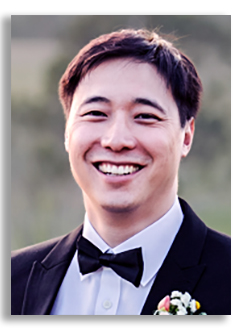
Abstract
Thermal co-evaporation of halide perovskites is a scalable, solution-free, and precise deposition technique with significant potential for commercial applications, particularly in multi-junction solar cells. Monolithic triple-junction perovskite solar cells are especially promising due to their ability to achieve high efficiencies. However, their fabrication is challenging, requiring multiple layers and precise current matching across complex absorber stacks. This study demonstrates a current-matched monolithic all-perovskite p–i–n triple-junction solar cell using controlled thermal co-evaporation for the absorber layers. The top and middle subcells were fabricated with optimized Cs₀.₃FA₀.₇Pb(I₀.₅₆Br₀.₄₄)₃ (1.80 eV) and FAPbI₃ (1.53 eV) perovskites, respectively, while the bottom subcell used a solution-processed Cs₀.₂₅FA₀.₇₅Pb₀.₅Sn₀.₅I₃ (1.25 eV) perovskite. Optical modelling was demonstrated for optimizing absorber thicknesses and compositions, achieving excellent current matching: 9.6 mA cm⁻² (top), 9.3 mA cm⁻² (middle), and 9.0 mA cm⁻² (bottom), resulting in 15.8% efficiency. Simulations suggest that advanced interlayer materials could enable current matching up to 11.4 mA cm⁻² and efficiencies as high as 37.6%. This work highlights the potential of vapour-based deposition methods for advancing multi-junction perovskite solar cells, paving the way for future innovation and scalability in the field.
Click here to see all available video seminars.
Click here to go to the SPREE HOMEPAGE.
Brief Bio
Dr. Terry Chien-Jen Yang received his PhD and BE in Photovoltaic Engineering from SPREE, UNSW Sydney in 2016 and 2011, respectively. His PhD research, supervised by Prof. Gavin Conibeer, Dr. Ivan Perez-Wurfl, and Prof. Martin Green, focused on silicon nanocrystals for all-Si tandem solar cells. He was awarded a Marie Sklowdowska-Curie European Fellowship to carry out research on perovskite-silicon tandems at EPFL in Switzerland from 2017-2019. In 2019, he joined CSIRO in Newcastle, Australia, as a postdoc on commercialization of perovskite-silicon tandem technology. From 2021–2023, he worked in Prof. Sam Strank’s group at the University of Cambridge, supported by another Marie Curie fellowship on co-evaporation for all-perovskite triple-junction solar cells. He is currently taking a career break to fulfill fatherhood duties but is now open to new opportunities. He has (co-)authored >35 journal publications, supervised students, taken on tutoring roles, invited journal reviewer (>40 reviews), as well as presented at many scientific conferences throughout his career.
